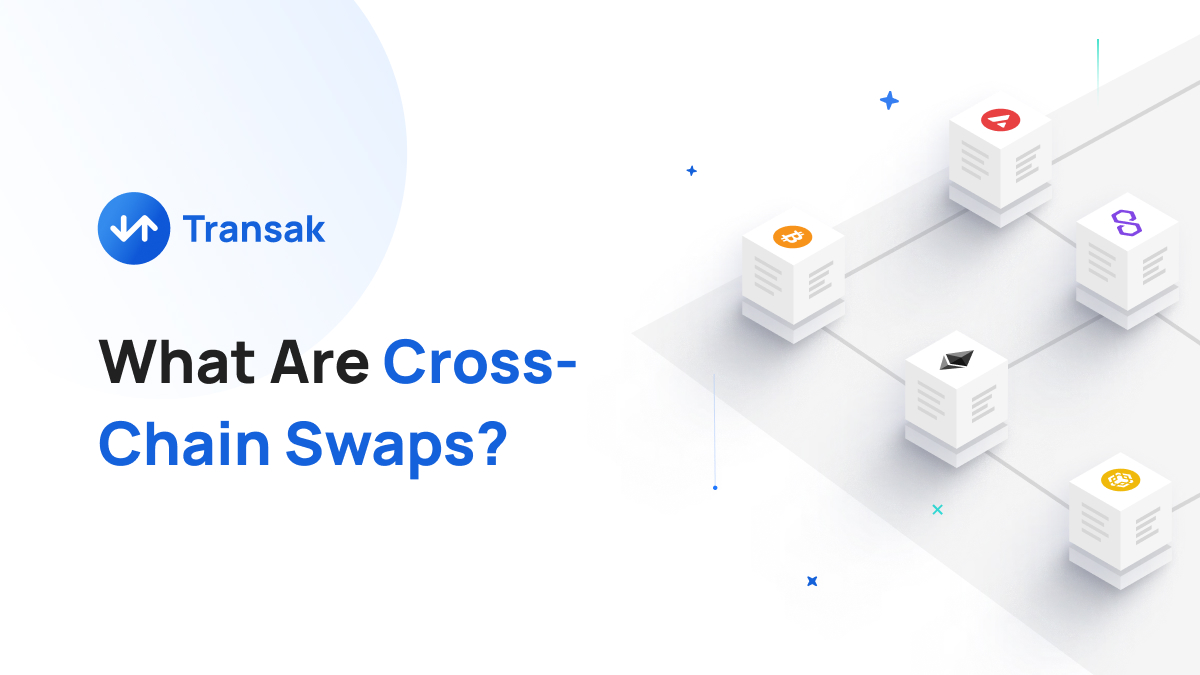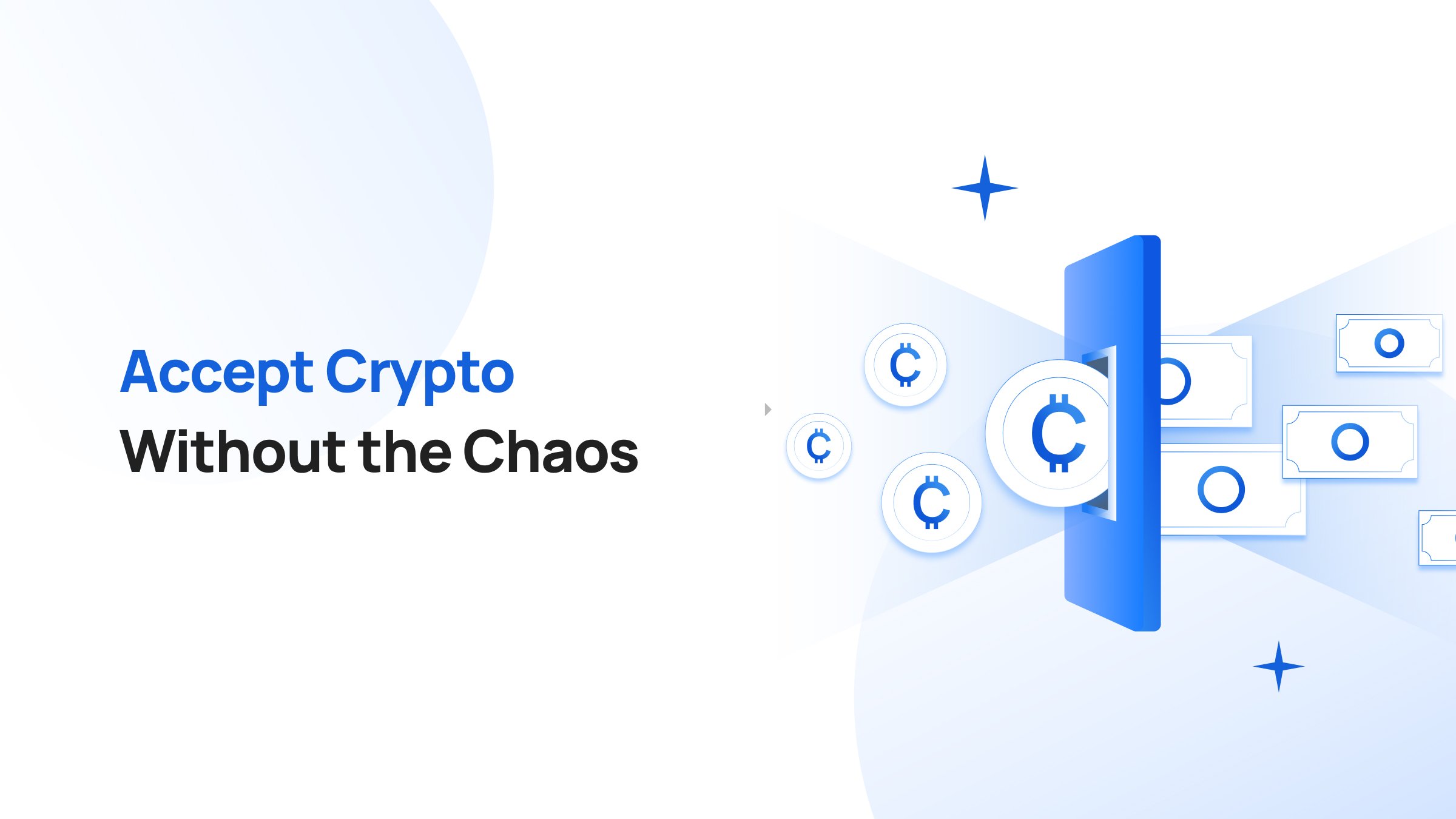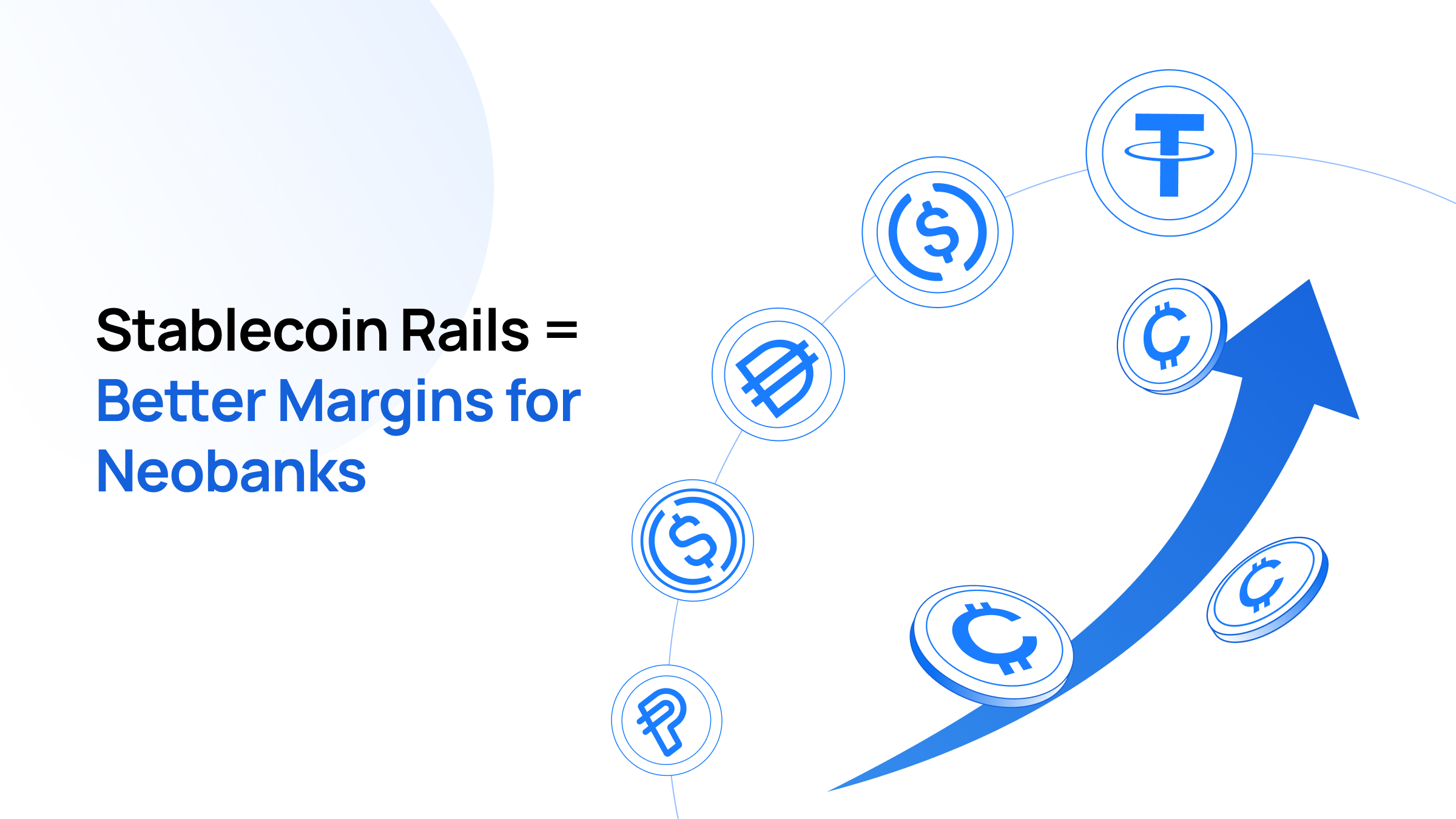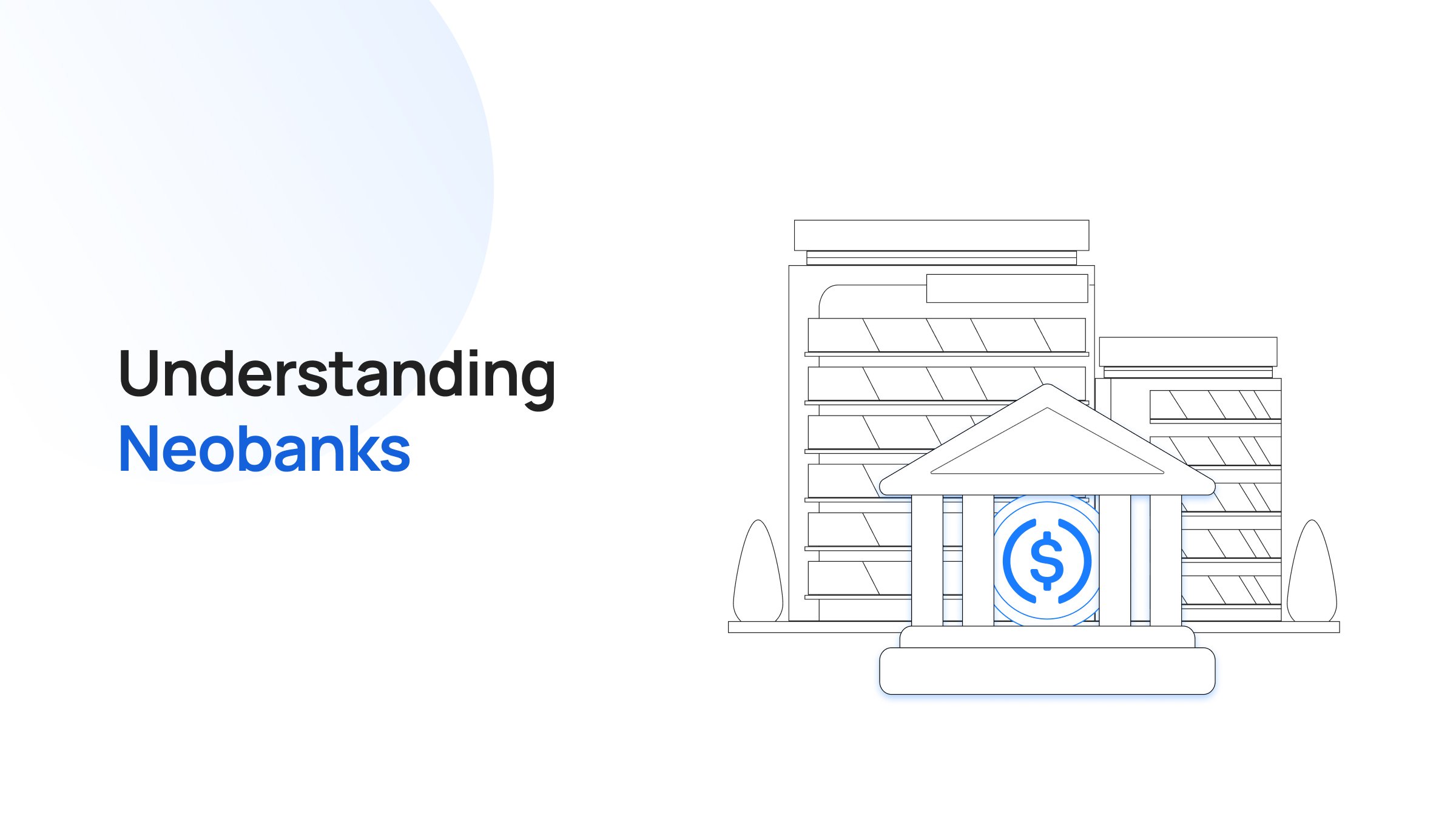.jpg)
Typically, every blockchain exists in its universe-of-sorts that limits the flow of assets and information between them. But cross-chain swaps are a breakthrough that allows users to exchange value and conduct trade between different blockchains.
Cross-chain swaps essentially mean the deployment of assets between two separate blockchains without any centralized third party.
With smart contracts, a user on one blockchain can exchange assets directly with another user on another blockchain. The whole process relies on a set of cryptographic methods that guarantee the security and authenticity of transactions so that there is no need for an intermediate third party.
The usage of cross-chain swaps could go a long way in overcoming the shortcomings associated with walled blockchains.
This article will dive deeper into cross-chain swaps and how they work.
What Are Cross-Chain Swaps?
Cross-chain swaps is a mechanism that allows global users to trade a token issued on one blockchain with another token issued on another blockchain in a hassle-free manner.
Leveraging smart contracts and cryptographic techniques, these swaps allow users to exchange tokens easily without a centralized intermediary. One of the most common methods is atomic swaps which utilizes hash time-locked contracts (HTLCs) to ensure that both steps are completed and irreversible.
Interoperability protocols like Interledger Protocol (ILP) and blockchain bridges provide the communication channels to set up cross-chain swaps. This boosts liquidity, stimulates DeFi innovation, and helps the blockchain ecosystem become more intertwined.
How Do Cross-Chain Swaps Work?
Cross-chain swaps (also known as atomic swaps) allow the exchange of assets between two different blockchains without a centralized third party.
- Initiation
The two parties want to do a cross-chain swap on different blockchains, define the conditions of a swap and determine what is traded.
- Hash Time-Locked Contracts (HTLCs)
The swap is made more secure and trustless with the use of smart contracts, which in this case are Hash Time-Locked Contracts (HTLC). Cryptographic hash functions and time locks are used to ensure that the conditions of this swap will be met.
-
Commitment
The two sides put their assets at stake in the HTLC on each blockchain. Assets are trapped in the smart contract and derive a digital originating key (the conditions of the swap) from it.
- Verification
The two parties check crucial details including confirming smart contract requirements. This verification procedure is to make sure there's no fraud or bad intentions involved.
- Simultaneous Execution
Then the swap takes place contingent on mutual consent and conditions. Assets locked on each blockchain are then released to the respective parties.
- Refund in Case of Failure
The smart contract even permits the return of locked assets to their original owner if the conditions are not met within a specific time period before the transaction is initiated.
Types of Cross-Chain Swaps
There are many different types of cross-chain swaps, each with its own mechanisms. Here are some notable types:
Hash Time-Locked Contracts (HTLCs)
HTLC is a known type of Cross-chain swap in which cryptographic hashes and time locks are used to ensure observance of the swap conditions. Parties place funds with a smart contract, and the exchange takes place automatically if certain conditions are fulfilled within an agreed period.
Over-The-Counter (OTC) Cross-Chain Swaps
OTC refers to swaps between two or more people outside of centralized exchanges. The advantage of this method is flexibility, while the disadvantage is that it involves a certain degree of trust.
Proxy Tokens and Wrapped Assets
Here, the original assets on one blockchain have been replaced with proxy tokens or wrapped assets that reflect their value. These proxy tokens exist to be traded by users on the destination blockchain, and can then be exchanged for their equivalent assets in the source chain.
Interoperability Platforms
Interoperable protocols such as Polkadot and Cosmos allow for interoperability between blockchains. Allowing cross-chain interaction and exchange, these platforms handle the movement of assets between the various blockchains they link.
Types of Bridges in Crypto
Centralized bridges and decentralized bridges are the two most important kinds of bridges:
Centralized Bridges
This is a bridge between two different blockchains and requires the intervention of a third trusted party. Therefore, user assets are placed in a centralized form and then given out the same amount of tokens on the target blockchain.
Centralized bridges make it easy and simple for people to use, but they involve a certain degree of dependence on central authority which is at odds with the philosophy behind blockchain technology.
Decentralized Bridges
Decentralized bridges use smart contracts and blockchain mechanisms to facilitate trustless, noncustodial asset transfers. Instead of requiring a central authority, these bridges rely on code and cryptographic mechanisms for security and verification.
Primary examples include cross-chain atomic swaps and interoperability protocols such as Polkadot or Cosmos. Decentralized bridges are more closely related to the decentralization and security concepts of blockchain, but require a little bit longer technical process.
Wrapped Tokens and Tokenized Assets
The creation of wrapped tokens or tokenized versions of assets on the target blockchain is another type that bridges can take. It is done by locking the original assets on one blockchain and issuing equivalent tokens.
wBTC is an instance of Bitcoin that has been tokenized on the Ethereum blockchain to be usable in Ethereum-based decentralized finance (DeFi) applications.
Cross-Chain Swap vs Bridges
Cross-Chain Swaps |
Crypto Bridges |
|
|
Definition |
Cross-chain swaps refer to the process of exchanging assets between two different blockchain networks. |
Crypto bridges act as intermediaries that facilitate the transfer of assets between different blockchain networks. |
|
Purpose |
Enable users to trade or transfer assets seamlessly between different blockchains without the need for a centralized exchange. |
Provide a connection between two or more blockchain networks, allowing assets to be moved from one blockchain to another. |
|
Decentralization |
Typically more decentralized, as the swap is often executed through smart contracts on the involved blockchains. |
Can vary in decentralization; some may rely on smart contracts, while others might have a more centralized structure. |
|
Trustlessness |
Aims for trustlessness, where users do not need to trust a third party, thanks to the use of smart contracts and blockchain technology. |
Degree of trustlessness may vary. Some may use smart contracts to ensure trustlessness, while others might involve a level of centralization. |
|
Interoperability |
Promotes interoperability between different blockchain networks, allowing users to access a broader range of assets. |
Facilitates interoperability by creating a link between disparate blockchains, enabling asset movement. |
|
Transaction Speed |
Speed may vary depending on the blockchains involved and their consensus mechanisms. |
Transaction speed can be influenced by the consensus mechanisms of the connected blockchains. |
|
Usage Complexity |
May require users to be familiar with the specific mechanisms of the involved blockchains and how to interact with smart contracts. |
Generally user-friendly, as users can deposit assets into the bridge, and the bridge handles the transfer to the destination blockchain. |
|
Examples |
ThorSwap |
Wanchain |
How to Do Your First Cross-Chain Swap: A Step-by-Step Guide
Now that you’re familiar with the basics of swaps, it is time for some real-world action — your first cross-chain swap. For the purposes of illustration, we will use ThorSwap, a popular cross-chain swapping protocol to convert Ether (ETH) to Bitcoin (BTC).
Disclaimer: ThorSwap is merely an example used to illustrate the process of cross-chain swap. Transak is not liable for any loss of funds or smart contract vulnerabilities.
Step 1: Access ThorSwap
Visit the ThorSwap platform and connect your wallet. Make sure you have a compatible wallet that supports both ETH and BTC (or one wallet for each of the assets). Wallets like Ledger or Trust Wallet are popular choices for this purpose.
Step 2: Connect Your Wallet to ThorSwap
Connect your chosen wallet to ThorSwap. This involves authorizing ThorSwap to access your wallet while retaining control over your private keys. Follow the platform's instructions to link your wallet.
Step 3: Enter the Amount of ETH to Swap to BTC
ThorSwap provides a transparent overview of the swap, including the amount to be exchanged and associated fees. Take a moment to review transaction fees, slippage, and any other relevant costs.
Most importantly, enter the recipient address without mistakes. This is where the swapped assets will be deposited.
Step 4: Confirm the Swap
Once satisfied with the swap details, proceed to confirm the transaction. Your connected wallet will prompt you to sign and authorize the swap. Confirm the transaction to initiate the cross-chain swap.
Conclusion
Cross-chain swaps are helping blockchain adoption by dismantling silos. They empower users to seamlessly exchange assets across different chains, guided by smart contracts and cryptographic assurances.
The importance of cross-chain swaps lies in promoting diversity and choice, optimizing liquidity, mitigating risks through asset diversification, and driving the growth of decentralized finance.
As the blockchain space continues to mature, the ability to seamlessly interact and transact across diverse chains will be a cornerstone for the next phase of innovation and growth.
FAQs
How quickly can cross-chain swaps complete?
Cross-chain swap speeds vary, depending on the blockchains involved and their consensus mechanisms. It may take minutes to hours for confirmation.
How can I track the process of my cross-chain swap?
Track your cross-chain swap on the respective platform's interface, monitoring real-time updates on the progress of the transaction.
How risky are cross-chain swaps?
Cryptographic principles and trustless smart contract execution have increased the general safety of cross-chain swaps.
Can I cross-chain swap any coin?
It comes down to blockchain network and cross-protocol compatibility - and whether or not any cryptocurrency can be swapped across chains.
How to cross-chain swap on MetaMask?
For MetaMask, use a cross-chain swap platform like ThorSwap. Connect your wallet, choose assets, confirm the swap, and monitor progress on the platform.
How to cross-chain swap on Trust Wallet?
On Trust Wallet, use a cross-chain swap platform compatible with Trust Wallet. Connect your wallet, select assets, confirm the swap, and monitor progress within the platform.
For more information, visit transak.com or follow on twitter.com/transak.






